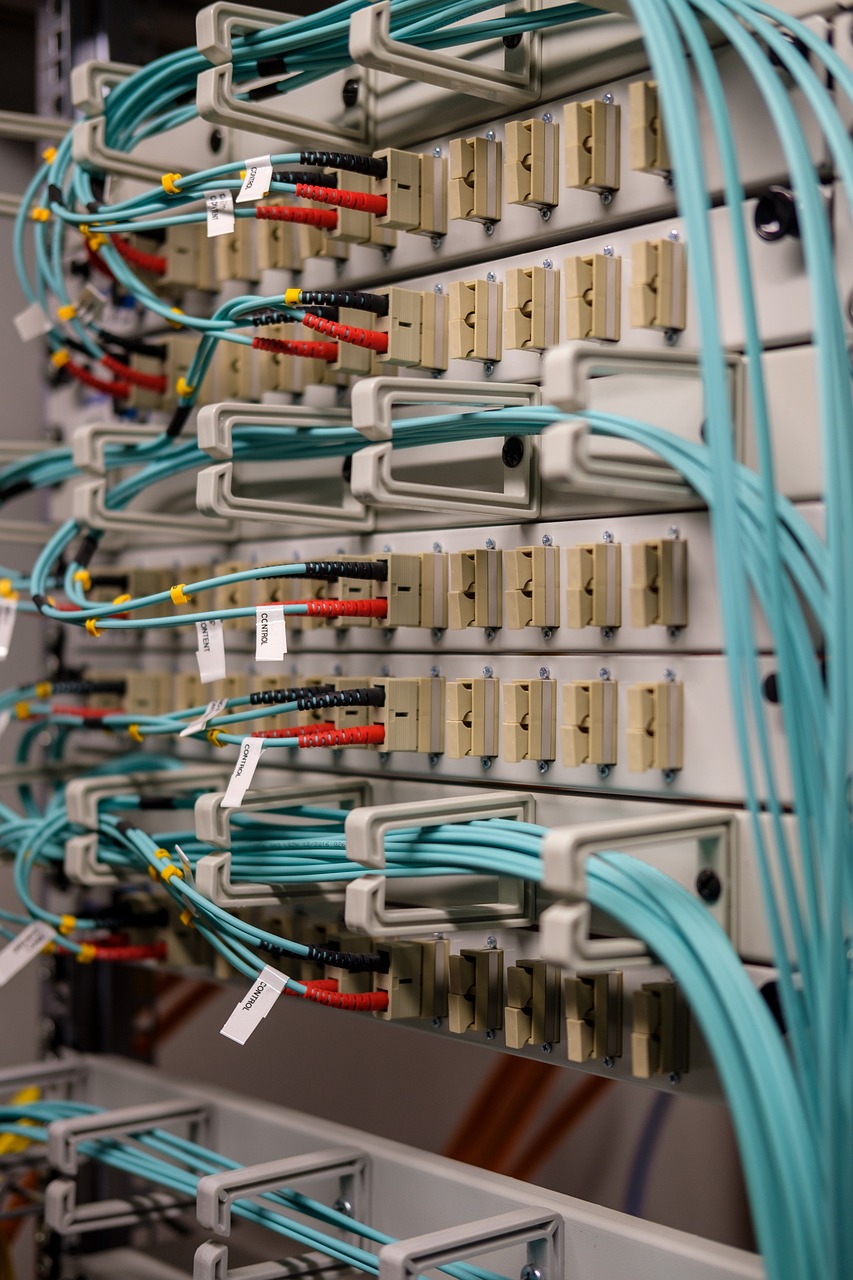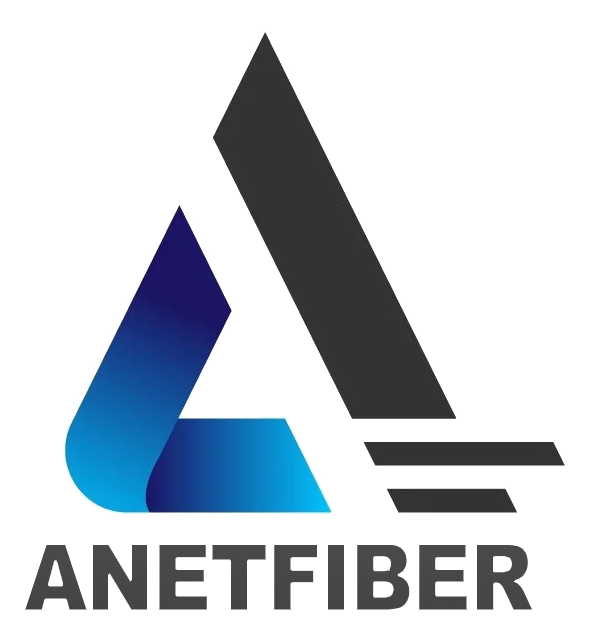How to Choose the Best Fiber Optic Cleaning Kit: A Comprehensive Guide

Why Choosing the Right Fiber Optic Cleaning Kit Matters
When it comes to Fiber Optic systems, the cleanliness of the components plays a crucial role in ensuring optimal performance. The tiniest speck of dirt or dust can have a significant impact on signal quality and overall system efficiency. Therefore, selecting the appropriate Cleaning Kits is essential for maintaining the integrity of your fiber optic connections.
The Role of Cleanliness in Fiber Optic Performance
The cleanliness of Fiber Optic connectors directly influences their performance. Even microscopic contaminants can obstruct the transmission of light signals through the fibers, leading to signal loss and degradation. Dirt and debris on connectors can cause light to scatter or reflect, resulting in reduced signal strength and increased error rates.
How Dirt Affects Signal Quality
Contaminants such as dust, oil, and moisture can compromise the integrity of Fiber Optic connections. These impurities create obstacles that interfere with the smooth transmission of light signals, ultimately impacting the reliability and speed of data transfer within the network.
My Experience with Dirty Fiber Optic Connectors
I vividly recall an incident where dirty Fiber Optic connectors led to unexpected network downtime. Despite having what I thought was a reliable cleaning kit, I neglected to perform regular maintenance on our fiber optic connections. This oversight resulted in degraded signal quality and intermittent connectivity issues.
A Lesson Learned the Hard Way
The experience taught me a valuable lesson about the importance of investing in high-quality Cleaning Kits and adhering to a strict cleaning regimen. It became evident that neglecting proper maintenance not only jeopardizes network performance but also leads to costly downtime and potential data loss.
Understanding Fiber Optic Connector Cleaning Tools
When it comes to maintaining Fiber Optic connections, having the right cleaning tools is paramount. Understanding the purpose and application of different tools such as Swabs, Wipes, and Cassettes is essential for ensuring the cleanliness and optimal performance of your fiber optic connectors.
Fiber Optic Connector Cleaning Tools: Swabs, Wipes, Cassettes
When to Use Each Tool
Swabs: These are ideal for precision cleaning of small or hard-to-reach areas on the connectors. The design of swabs allows for targeted cleaning, making them effective in removing stubborn contaminants without causing damage to the delicate components.
Wipes: Wipes are versatile and can be used for general cleaning of connector end faces. They are designed to efficiently remove dust, oil, and other impurities that may accumulate on the connectors during regular use.
Cassettes: Cassettes offer a convenient and efficient way to clean multiple connectors simultaneously. They are particularly useful in high-density environments where numerous connections need to be cleaned quickly and effectively.
It's important to understand the unique advantages of each tool to determine the most appropriate cleaning method based on specific requirements.
Cleaning Kit Accessories and Add-ons
Enhancing Your Cleaning Efficiency
In addition to the primary cleaning tools, there are various accessories and add-ons that can enhance the overall efficiency of your Cleaning Kits.
Connector Inspection Microscope: This tool provides a magnified view of connector end faces, allowing for detailed inspection before and after cleaning. It helps identify any residual contaminants that may affect performance.
Cleaning Sticks: These disposable sticks are designed for one-time use to ensure thorough cleaning without cross-contamination between connectors.
Air Duster: An air duster can be used to remove loose particles from connector end faces before proceeding with more detailed cleaning using swabs or wipes.
By incorporating these accessories into your cleaning kit, you can improve the thoroughness and effectiveness of your fiber optic connector maintenance routine.
The Importance of Cleaning Solutions and Solvents
When it comes to Fiber Optic maintenance, the selection of appropriate Cleaning Solutions and Solvents is a critical aspect of ensuring the cleanliness and optimal performance of connectors. Different types of contaminants may require specific cleaning solutions to effectively remove them without causing damage to the delicate components.
Cleaning Solutions and Solvents: Alcohol, Deionized Water
Alcohol: Isopropyl alcohol is commonly used as a cleaning solution for Fiber Optic connectors due to its ability to dissolve oil, grease, and other organic residues. It evaporates quickly without leaving behind any residue, making it suitable for thorough cleaning without affecting signal transmission.
Deionized Water: This type of water has been purified to remove ions and minerals that could potentially leave deposits on connector surfaces. When used in combination with lint-free wipes, deionized water can effectively remove dust and other non-greasy contaminants from connector end faces.
Choosing the Right Solution for Your Needs
Selecting the appropriate cleaning solution depends on the type of contaminants present on the Fiber Optic connectors. It's essential to consider factors such as the nature of the impurities, environmental conditions, and compatibility with connector materials when choosing a cleaning solution. Additionally, following manufacturer recommendations for compatible solvents is crucial to prevent damage to connectors.
Cleaning Kit Safety Precautions
Maintaining safety during the cleaning process is paramount to prevent accidents and ensure personal well-being. When handling Cleaning Kits and solvents, it's important to adhere to safety precautions to minimize risks associated with chemical exposure and handling delicate fiber optic components.
Keeping Yourself Safe While Cleaning
Ventilation: Ensure adequate ventilation in the cleaning area when using alcohol or other solvents to prevent inhalation of fumes.
Protective Gear: Wear gloves and safety goggles when handling cleaning solutions and solvents to avoid skin contact or eye irritation.
Storage: Store cleaning solutions in their original containers in a cool, dry place away from direct sunlight or heat sources.
Disposal: Properly dispose of used wipes, swabs, and any contaminated materials according to local regulations for hazardous waste disposal.
By prioritizing safety measures during fiber optic connector maintenance, you can safeguard both your well-being and the integrity of the components being cleaned.
Keeping Your Cleaning Kit in Top Shape
Now that you have selected the appropriate Cleaning Kits and familiarized yourself with the essential cleaning tools and solutions, it's crucial to ensure that your cleaning kit remains in top condition for consistent performance. Proper storage, organization, maintenance, and calibration of your cleaning tools are vital aspects of preserving their effectiveness and longevity.
Cleaning Kit Storage and Organization
Efficient storage and organization of your Cleaning Kits are essential for quick access and protection of delicate cleaning tools. Here are some tips to keep your cleaning kit well-maintained:
Dedicated Storage Area: Designate a specific area or container for storing your cleaning kit to prevent misplacement or damage to the tools.
Tool Separation: Keep individual cleaning tools separated within the kit to avoid potential damage from friction or contact with other tools.
Labeling: Use labels or color-coding to identify different types of swabs, wipes, cassettes, and accessories for easy recognition during use.
Protection from Contaminants: Store the cleaning kit in a sealed container or bag to shield it from dust, moisture, or other environmental contaminants that could compromise the cleanliness of the tools.
By implementing these storage and organization practices, you can maintain the integrity of your cleaning kit components and prolong their usability.
Cleaning Kit Maintenance and Calibration
Regular maintenance and calibration procedures are necessary to ensure that your cleaning tools consistently deliver optimal performance. Here's how you can uphold the functionality of your Cleaning Kits:
Scheduled Inspections: Conduct routine inspections of all cleaning tools to check for signs of wear, contamination, or damage. Replace any worn-out or damaged components promptly.
Calibration Checks: For specialized equipment such as connector inspection microscopes, adhere to manufacturer recommendations for calibration checks to guarantee accurate performance during connector inspections.
Tool Cleaning: Periodically clean reusable tools such as swabs and cassettes according to manufacturer guidelines to remove any accumulated contaminants that could hinder their effectiveness.
Inventory Management: Keep track of consumable items such as wipes and sticks, ensuring an adequate supply is available when needed. Dispose of expired or degraded consumables appropriately.
By incorporating these maintenance and calibration practices into your routine, you can uphold the reliability and functionality of your fiber optic cleaning kit over time.
Final Thoughts on Selecting Your Fiber Optic Cleaning Kit
Cleaning Kit Compliance with Industry Standards IEC TIA
When evaluating Fiber Optic cleaning kits, it's imperative to consider their compliance with industry standards such as the International Electrotechnical Commission (IEC) and the Telecommunications Industry Association (TIA). Adhering to these standards ensures that the cleaning kit meets established criteria for performance and safety, providing users with confidence in its reliability.
Compliance with industry standards is essential for Fiber Optic maintenance due to the precision and sensitivity of the components involved. A cleaning kit that aligns with IEC and TIA standards has undergone rigorous testing and validation, assuring users of its effectiveness in maintaining optimal signal transmission and minimizing the risk of damage to connectors.
Why Compliance Matters
Choosing a cleaning kit that complies with industry standards offers several advantages. Firstly, it provides assurance regarding the quality and performance of the kit, giving users peace of mind knowing that it meets recognized benchmarks for cleanliness and maintenance. Additionally, compliance demonstrates a commitment to best practices in Fiber Optic maintenance, contributing to overall system reliability and longevity.
By prioritizing compliance with industry standards when selecting a cleaning kit, users can uphold the integrity of their Fiber Optic connections while aligning with established guidelines for optimal maintenance.
Cleaning Kit Effectiveness Metrics Return Loss Improvement
An essential metric for evaluating the efficacy of a Cleaning Kit is its impact on return loss improvement. Return loss refers to the amount of light that is reflected back towards the source due to imperfections or contaminants on connector end faces. Minimizing return loss is crucial for maintaining signal integrity and reducing data transmission errors in Fiber Optic systems.
Measuring return loss improvement before and after using a cleaning kit provides valuable insights into its effectiveness. A high-quality cleaning kit should demonstrate a noticeable reduction in return loss, indicating that it has successfully removed contaminants and restored optimal light transmission through the connectors.
Measuring Success in Your Cleaning Efforts
When assessing the performance of a cleaning kit, monitoring return loss improvement serves as a tangible indicator of success. By regularly measuring this metric, users can track improvements in signal quality over time, ensuring that their chosen cleaning kit consistently delivers reliable results.
Prioritizing return loss improvement as an effectiveness metric empowers users to make informed decisions when selecting and utilizing Cleaning Kits, ultimately contributing to enhanced performance and longevity of their Fiber Optic connections.
Cleaning Kit User Guides and Instructions
A comprehensive user guide accompanying a Cleaning Kit is invaluable for maximizing its benefits. Clear instructions on proper usage, storage recommendations, safety precautions, and troubleshooting guidance equip users with the knowledge needed to maintain their fiber optic connections effectively.
User guides also provide insights into best practices for utilizing different cleaning tools within the kit, ensuring that users understand how to leverage each tool's unique capabilities for thorough connector maintenance.
In addition to user guides, instructional resources such as online tutorials or demonstration videos can further enhance users' understanding of how to get the most out of their chosen cleaning kit. Accessible guidance contributes to user confidence in performing regular maintenance tasks while optimizing the performance and longevity of their fiber optic connections.
See Also
Comprehensive Guide to Fiber Optic Cable Understanding
Essential Types You Must Know in Fiber Optic Cable Ultimate Guide
Types and Best Practices for Fiber Optic Patch Panels: A Beginner's Ultimate Guide
Best Practices for Fiber Optic Testing and Maintenance: 5 Essential Tips


